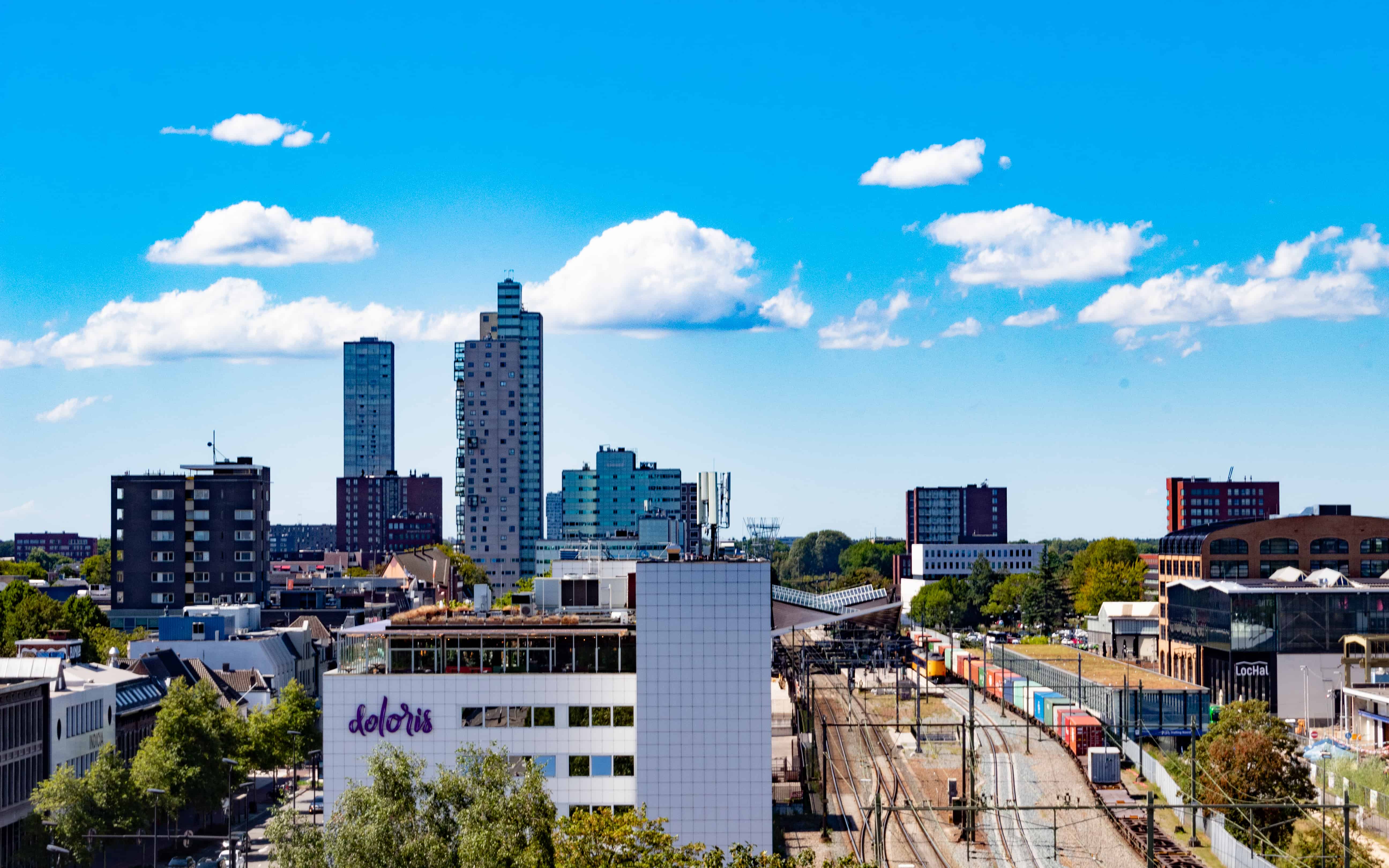
In rapidly growing regions, income inequality is a pressing issue, often leaving many behind despite overall growth and prosperity. The UN Development Cooperation Forum emphasizes the importance of digital connectivity and social safety nets to address this problem. The Brainport region of the Netherlands faces a widening wealth gap. Collaborative efforts between governments, institutes, and employers tackle this issue. Cities like Los Angeles show the power of local laws in fighting inequality, and successful anti-poverty programs, such as New York City’s, offer targeted initiatives and effective safety nets. Investment in infrastructure is essential to ensure equal access to digital technology and bridge the wealth gap in thriving regions.
The impact of income inequality and digital divide
In prosperous regions, wealth inequality persists due to a combination of income inequality, limited access to digital technology, and insufficient social safety nets. In the US, low-income and minority groups lack broadband access or digital devices, exacerbating inequality. The Brainport region in the Netherlands, despite its economic boom, also experiences a widening wealth gap. This disparity can be attributed to various factors, such as living space pressure, mobility, air quality, infrastructure, and housing market.
Education and employment parameters further contribute to the wealth gap. In Eindhoven, young adults, the unemployed, and less educated individuals are dissatisfied with their residence, resulting in worse personal development, health, job security, and work-life balance. This highlights the need to address the root causes of inequality holistically and ensure equitable access to resources and opportunities for all.
Collaborative efforts and targeted initiatives
Combating wealth inequality in booming regions requires collaborative efforts from governments, institutes, and employers. In the Brainport region, a National Action Agenda has been established to strengthen and accelerate collaboration between the national government and the region, with long-term investments focused on addressing bottlenecks, seizing opportunities, and implementing 10 priority actions. An adaptive approach ensures the annual implementation programme aligns with the rapidly changing environment, and progress reports are made available to monitor the effectiveness of these efforts.
Targeted initiatives, like those found in New York City’s anti-poverty programs, can serve as a model for reducing wealth inequality amidst economic growth. The city’s Poverty Research Team developed the NYCgov Poverty Measure, an alternative to the official US measure that accounts for higher housing costs in NYC and includes the value of programs like SNAP and the Earned Income Tax Credit. By 2019, the citywide poverty rate fell significantly to 17.9% from 19.6% in 2015, and the population in poverty or near poverty declined from 45.4% to 40.8%.
Investing in infrastructure for equitable access
Investing in infrastructure is crucial for bridging the wealth gap in thriving regions. Equitable access to digital technology requires investments in energy and broadband infrastructure, ensuring that all individuals, regardless of income, have the same opportunities in the digital era. For instance, the UN Development Cooperation Forum highlights the need for inclusive digital connectivity and robust social safety nets to address wealth inequality.
Additionally, cities like Los Angeles demonstrate the power of local laws in fighting inequality. Visiting Professor Scott Cummings discussed the role of organizers, lawyers, and local laws in challenging and disrupting structural inequality in the city, using Los Angeles as a case study. Legal strategy and innovation can be essential tools in the struggle for economic justice, as showcased by the success of the 2002 campaign that pressured the city’s airport oversight agency to impose new requirements on airline subcontractors, leading to higher pay and union-organizing protections for workers.
Conclusion
Wealth inequality in rapidly growing regions can be addressed through collaborative efforts, targeted initiatives, and investments in infrastructure to ensure equitable access to resources and opportunities. By learning from successful models like New York City’s anti-poverty programs, Los Angeles’ use of local laws, and the Brainport region’s National Action Agenda, it is possible to create a more inclusive and prosperous future for everyone.








